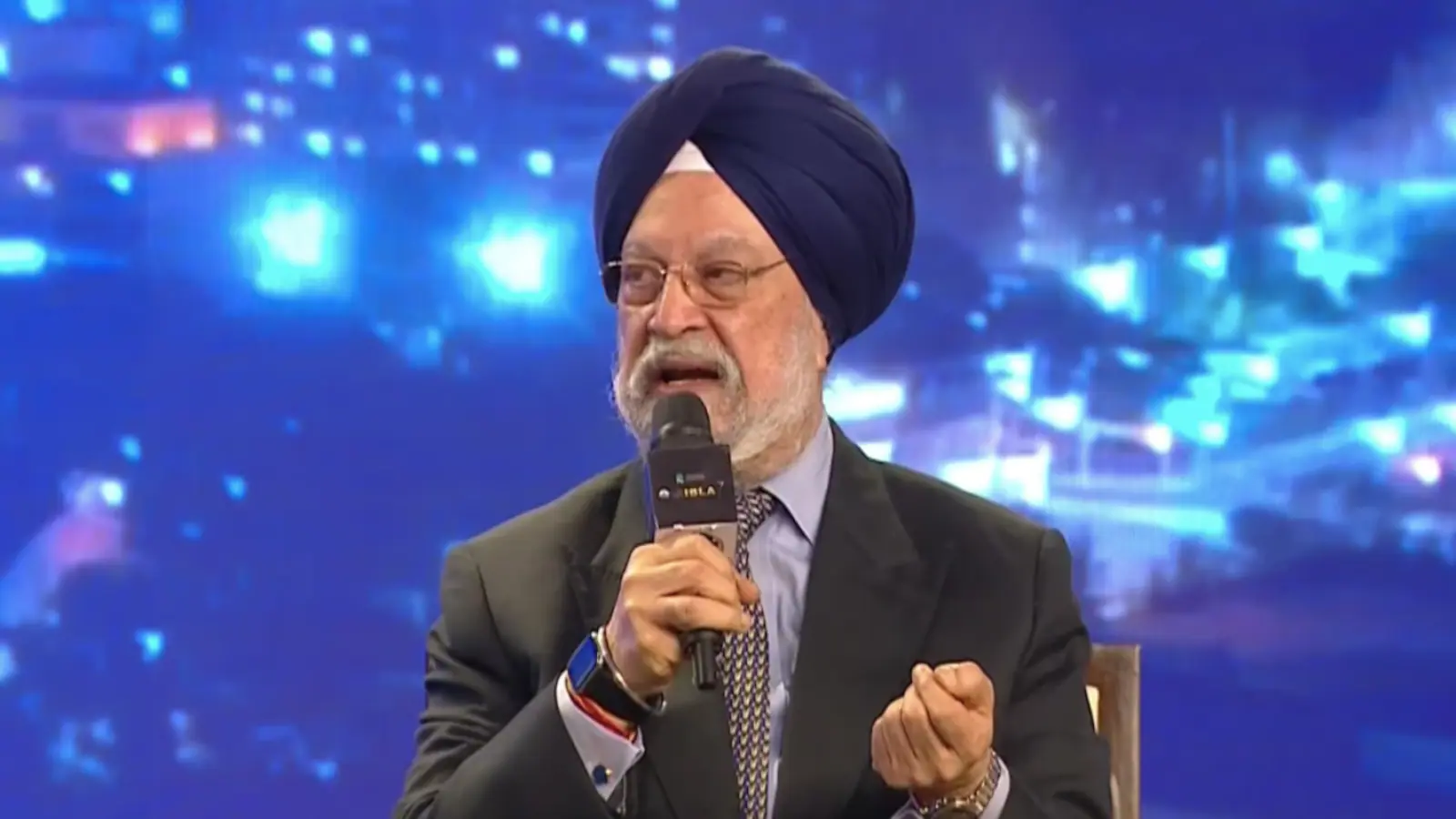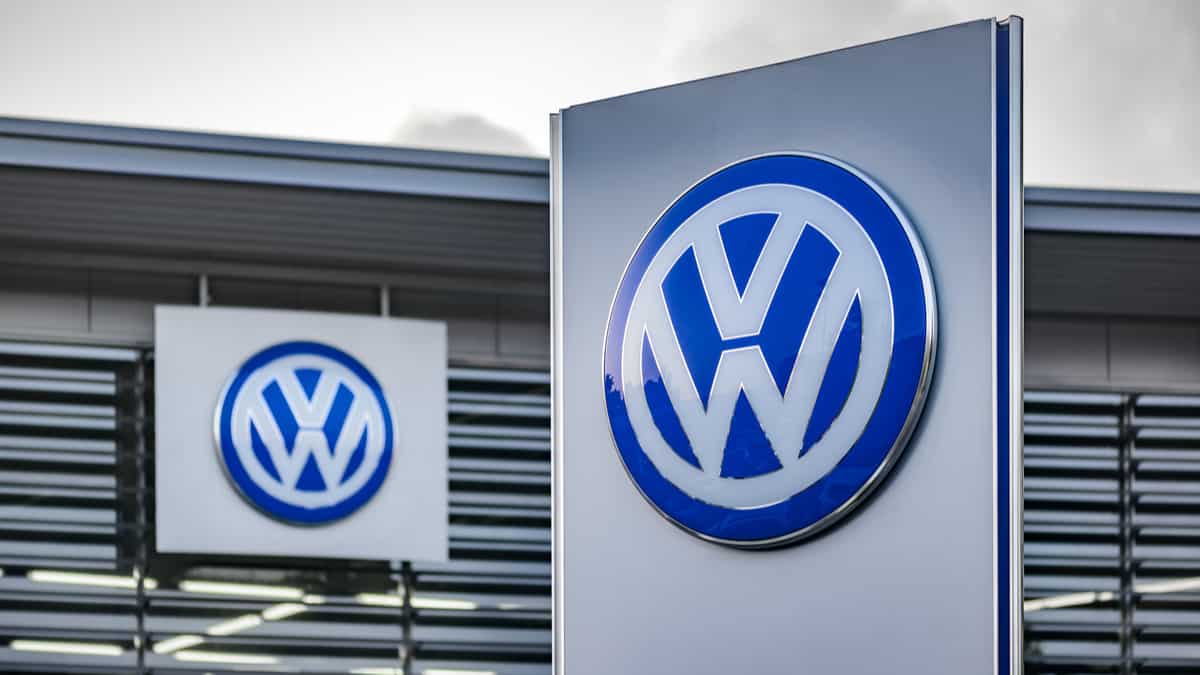India Pushes for Ethanol-Blended Fuel and E100-Compatible Vehicles at Bio Energy & Tech Expo
During the India Bio-Energy & Tech Expo, India’s Minister of Petroleum and Natural Gas, Hardeep Singh Puri, emphasized the need for increased use of ethanol-blended fuel and urged automobile manufacturers to focus on producing vehicles compatible with E100. This initiative aligns with the Indian government’s goal of reaching 20% ethanol blending in petrol by 2025, a strategy aimed at reducing dependence on crude oil imports, promoting environmental sustainability, and boosting the agricultural sector.
Puri commended the automobile industry for its proactive efforts in producing E20-compatible vehicles and developing retrofit kits for older models to make them ethanol-compatible. He also highlighted the availability of E100 fuel at more than 400 retail outlets across the country, showcasing India’s progress toward adopting alternative fuels. This shift is part of a broader approach by the Government of India to diversify its energy portfolio and promote cleaner, renewable sources of energy.
The minister stressed that increasing the use of biofuels like ethanol will significantly reduce the carbon footprint of the transport sector, which is one of the largest contributors to air pollution and greenhouse gas emissions. The transition to ethanol-blended fuels is a critical milestone in India’s roadmap for meeting its climate change commitments, including the pledge to achieve net-zero emissions by 2070.
Historically, ethanol production in India has relied heavily on sugarcane. However, Puri emphasized the importance of diversifying ethanol feedstocks to enhance production and reduce dependence on a single source. The Indian government has incentivized ethanol production from alternative sources, such as maize and damaged rice. Notably, ethanol production from maize has seen substantial growth, increasing from 0% in the 2021-22 Ethanol Supply Year (ESY) to 36% in the 2023-24 ESY. This diversification not only stabilizes ethanol supply but also provides farmers with additional income streams.
To further boost ethanol production, the government has resumed the supply of rice from the Food Corporation of India (FCI) to ethanol distilleries. During August-October 2024, up to 23 lakh tonnes of rice will be sourced through e-auctions for ethanol production. Additionally, from November 2024 onwards, sugarcane juice and syrup will be supplied to distilleries, marking the beginning of the 2024-25 Ethanol Supply Year.
Puri also highlighted the significant economic and environmental benefits of the government’s ethanol-blending program. Over the past decade, the program has saved India approximately ₹99,014 crore in foreign exchange. It has also resulted in the reduction of CO2 emissions by 519 lakh metric tons and the substitution of 173 lakh metric tons of crude oil, demonstrating ethanol’s dual role as both an economic and environmental asset.
To further incentivize ethanol production, the government has introduced price support measures, offering ₹9.72 per liter for ethanol derived from maize, ₹8.46 per liter for ethanol from damaged rice, and ₹6.87 per liter for ethanol from C-heavy molasses. These measures have helped stabilize ethanol prices, making the sector more attractive to producers and providing sugarcane farmers with a reliable source of income.
India has made significant progress in ethanol blending, increasing from 1.5% in 2014 to 15% in 2024. The country is rapidly advancing toward its goal of 20% ethanol blending by 2025, addressing both environmental and economic challenges while paving the way for a greener, more self-reliant energy future.




